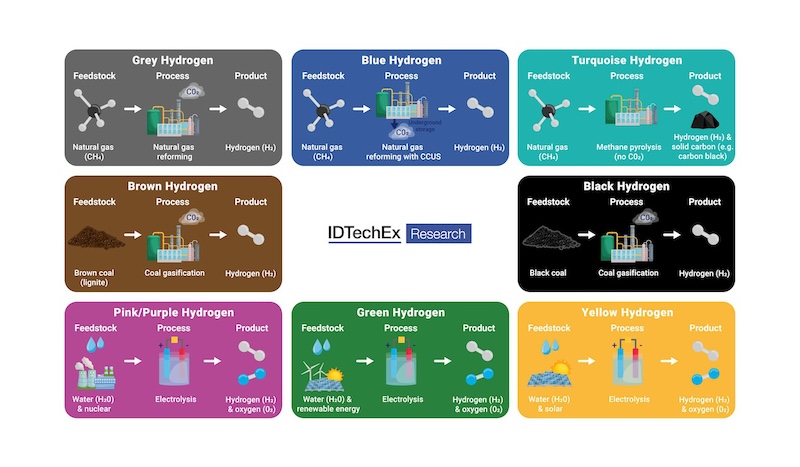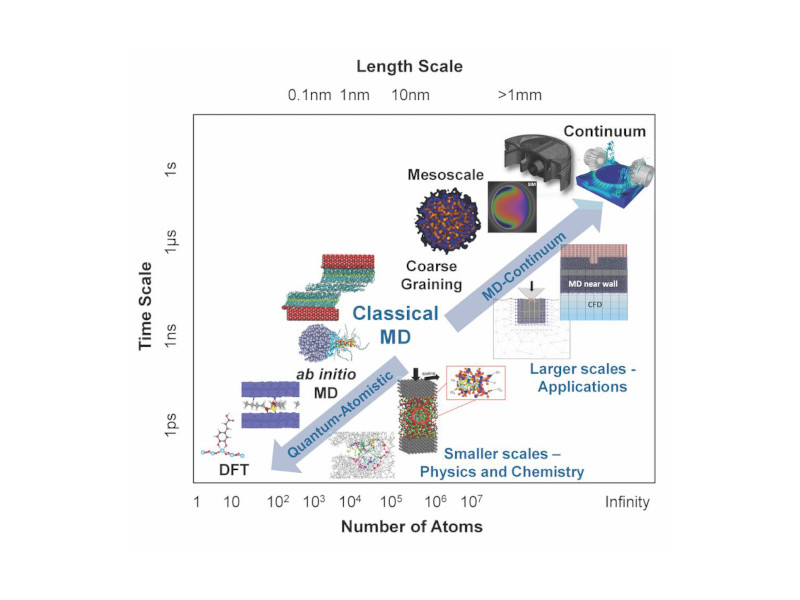A couple of months ago, I visited the offices of Syclo, a developer of mobile computing solutions and supplier of mobile maintenance management packages for several CMMS vendors.
A couple of months ago, I visited the offices of Syclo, a developer of mobile computing solutions and supplier of mobile maintenance management packages for several CMMS vendors. I watched as the latest version of one of their systems was put through its paces on a Windows CE-based handheld computer and was impressed by the amount of computing power available on this small device. It provides remote users with much of the look, feel, and functionality of the desktop CMMS system’s work order screen.
I was also struck by the fact that this device definitely is not a toy, but a serious tool that can be used to connect craftspeople to a CMMS/EAM system. I already knew this fact because I had previously seen this company’s offerings, as well as other vendors’ packages, in action. And you really have to see this new breed of mobile computing solutions up close to appreciate its full potential.
I’ve been waiting a long time for mobile computing to become a reality in maintenance management. Its benefits-reduced data entry overhead, more timely information turnaround, and direct delivery of information to the job site-are too clear to ignore. Technology has finally caught up with my desires, making powerful and cost-effective applications possible.
Focus the vision
Business is booming for vendors of mobile solutions. But it is still a tough sell in some places according to Syclo Vice President Jeff Kleban. Maintenance departments rolling out new CMMS/EAM packages can be especially difficult prospects because they frequently have trouble envisioning how mobile computing fits into their initial implementation plans. They might think the technology is great and want to use it, but they can’t get to it until later, after taking care of other more important implementation business.
I wasn’t surprised by Jeff’s observation. Like many others in this field, I tend to think of mobile computing as an add-on technology. Although it is great, it is really an accessory rather than a core component.
This thought process is wrong. It misses a key point about CMMS/EAM systems. These packages are about the collection and dissemination of information. Craftspeople are the focal point of this data exchange. Mobile computing can be a key factor in optimizing this critical process.
Mobile computing isn’t the right answer for every maintenance department. But its ability to directly link craftspeople to a CMMS/EAM system is too important to ignore. Despite its benefits, I don’t think that most of the maintenance world believes that mobile computing is a fundamental component of best practices.
Some of this attitude can be attributed to the newness of the technology. Wireless capabilities have been around for years, but systems couldn’t deliver the necessary performance and price to be popular in maintenance management. Although wireless technology quickly became a standard for warehouse management systems in the early 1990s, it took the new generation of hardware and software introduced in the past couple of years to make wireless truly practical in maintenance.
A technological revolution
We are on the brink of a new technological revolution and most maintenance organizations naturally shy away from the front lines. But technology advances quickly today. If the check-in person in the car rental return line uses a wireless handheld computer, why don’t we see more craftspeople using it?
Why do some maintenance departments still resist the concept of mobile computing? Is maintenance an inherently conservative profession that is resistant to new ideas and technology? I know that isn’t the case. Is ignorance a contributing factor? Hardly. You can’t turn around today without seeing a wireless application.
It doesn’t take a great leap of imagination to envision the benefits this technology can bring to maintenance management. It might be that there just aren’t enough mobile maintenance solutions available. Yet, a lot of vendors are addressing this marketplace. There are mobile computing solutions for most top-tier CMMS/EAM packages.
So why isn’t mobile computing a defacto standard in maintenance management? I believe it is our thought process. Consequently, I’ve tried to identify several reasons why some maintenance departments still resist using mobile computing applications.
It’s an accessory. Some believe that mobile computing is an add-on module to a CMMS/EAM system. They’ll get to it once all the other core modules are implemented. I have seen too many CMMS/EAM implementations that couldn’t keep track of their labor, material, or vital work order completion data. Although they had plenty of desktop PCs with powerful software, they couldn’t tie the craftsperson into the information loop. The operation relied on a paper flow that frequently failed both the technician and the maintenance office.
Maybe mobile computing isn’t an add-on component. Perhaps it is a crucial element to the success of a CMMS/EAM implementation. Any maintenance department implementing or operating a CMMS/EAM needs to consider how information flows between craftspeople and the office. If mobile computing makes this process more efficient and robust, then now is the time to think about this technology.
It’s too complicated and expensive. Some maintenance operations believe mobile computing applications are wasted on their craftspeople. Are they afraid their workers can’t operate a handheld computer? Are they afraid there will be too much breakage or loss?
If order pickers in a warehouse can use a handheld computer, why not maintenance technicians? We give them the other tools they need to do the job. Why don’t we have enough confidence to give them a handheld computer?
Some handheld devices are too delicate to use in hostile environments. But rugged versions are available. Although the price of mobile computing has dropped (and likely will continue to drop), it still has a cost. Equipping a labor force with handheld hardware and software can be expensive. But operating an under-utilized CMMS/EAM system costs more. No organization should dismiss a new technology on cost alone without calculating its benefits.
It’s only for wide-area field operations. Mobile computing certainly makes sense for maintenance operations that dispatch technicians over a wide area. But does wireless computing fit into the operations of a single plant maintenance department? After all, no job site in its facility is probably more than a few minutes away from a desktop PC or terminal that accesses the CMMS/EAM system.
Even 100 ft can be too far when it comes to collecting and disseminating information to craftspeople. Paper work orders and material requisition forms can be as inefficient in a single building as in a large campus. Having a PC within walking distance doesn’t mean critical information gets entered. Mobile devices provide a direct line between craftspeople and a CMMS/ EAM system regardless of the area being covered.
It would distract us from matters that need our full concentration. Whether a maintenance department is concentrating on their CMMS/EAM resources, their work orders, PM, or materials management functions, mobile technologies can enhance their efforts.
No mobile computing solution is available for my CMMS/EAM. This reason is legitimate. However, more and more vendors are providing solutions. If my maintenance department were shopping for a CMMS/EAM system, I would be more favorably disposed to a package with a mobile solution. If I had a CMMS/EAM system that didn’t have a mobile solution, I certainly would press my vendor for one.
I’m sure there are other reasons why some maintenance departments resist mobile computing solutions. But I’m also sure that mobile computing will eventually be a de facto standard in maintenance management. And I’d like to think it will happen relatively soon. I like to think that maintenance is open to new and better ways of accomplishing its tasks. Maybe if we reevaluate our thought processes, we will hasten the day when most craftspeople will use handheld computers.
Tom Singer is an information technology consultant who specializes in designing, developing, and implementing systems solutions that meet client operational needs. He has worked both as a developer and integrator of CMMS solutions. He is a project manager with Tompkins Associates, a total operations consulting firm headquartered in Raleigh, NC. He can be contacted by phone at 630-472-1524 or by e-mail at [email protected].



